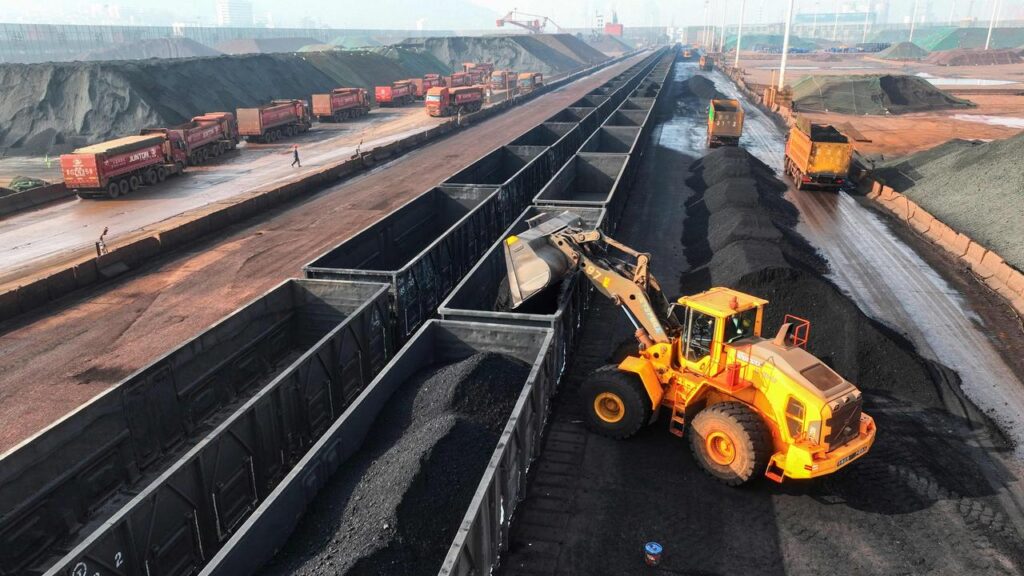From 2021 to 2023, China’s production of high-quality coal has been consistently increasing, resulting in a high level of domestic supply complemented by significant imports. This trend has gradually eased the overall supply and demand balance. Moving into 2024, with further economic stimulation policies, China’s consumption of thermal coal is expected to continue its upward trend, albeit at a slower pace, while the supply remains abundant.
In 2023, as China relaxed its epidemic control measures, the economy saw a rebound, leading to a notable increase in domestic thermal coal consumption. According to Fenwei’s latest annual report, the total consumption reached 4.023 billion tons, marking a 7.1% increase year-on-year. This growth is partly due to the low baseline set in 2022.
On the supply side, while China’s energy supply situation began to ease in 2023, the new production capacity developed in 2021-2022 has not been fully utilized. Consequently, the increase in production capacity has been predominantly in thermal coal, though it has decreased compared to the previous two years. The year also saw frequent accidents and rigorous safety inspections in key production areas, limiting the release of production capacity. Fenwei estimates that domestic thermal coal supply reached 3.77 billion tons in 2023, up by 0.2% year-on-year.
The international supply improvement and relaxed domestic import policies led to a record high in coal imports in 2023, significantly surpassing previous years. Fenwei predicts a year-on-year increase of 61.7% in total coal imports and 62.3% in thermal coal imports, exceeding 470 million tons and 370 million tons, respectively.
Looking ahead to 2024, China’s economy is poised for steady growth with continued implementation of government economic policies. The demand for electricity is expected to grow, keeping thermal power consumption high. However, consumption in sectors like metallurgy and building materials may remain subdued. The chemical industry is forecasted to see high growth in coal consumption, driven by the clean utilization of coal. Central heating areas are expected to expand, leading to increased coal consumption for heating. With the rising proportion and utilization of non-fossil energy, the overall demand for thermal coal will show a slight increase.
Despite the steady economic growth and rising energy demand, the growth rate of raw coal production is expected to decrease due to the easing of domestic coal supply and demand, significant increases in imported coal, and ongoing strict security inspections. This trend will particularly impact mines with safety risks, while having less effect on larger, more technologically advanced mines.
The proportion of long-term coal contracts has decreased, and as long as imported coal remains cost-effective, thermal coal imports in coastal areas are expected to stay high. However, the reintroduction of import tariffs may somewhat restrain the imports of Russian and Mongolian coal. Consequently, both total coal imports and thermal coal imports are likely to decrease in 2024.
Regarding coal prices, thermal coal prices remained weak overall in 2023 due to improved supply and demand, high social inventories, and the competitive pricing of imported coal. The average price of 5,500 kcal thermal coal at Qinhuangdao Port fell to 966 yuan/ton, a decrease from 2022. In 2024, the domestic supply of thermal coal is anticipated to be relatively abundant, leading to a further downward shift in price levels compared to 2023.










